Tea leaf baking is a refined technique used in the production of oolong tea, and in Taiwan, this technique can be traced back to the traditional baking methods of Tie Guan Yin from Anxi, Fujian Province, in mainland China. The most traditional method involves using bamboo baskets and lychee wood charcoal for baking. Modern techniques include box-style baking machines and electric baking cages. However, the constant remains that the baking space is extremely hot. To ensure the stability of the baking quality, baking rooms are usually windowless to maintain a steady airflow, and temperatures can reach up to 50 degrees Celsius.
With charcoal burning continuously, the baking masters cannot rest. Typically, a pit of charcoal is sufficient to burn for half a month without any chance to stop. Any lapse in attention could result in the defect known as “Yin-Yang Tea,” where some tea leaves are burnt while others remain undercooked.
In traditional baking techniques, why choose lychee wood charcoal over other types of charcoal? Is it because it imparts a lychee aroma to the tea after baking? Actually, once lychee wood charcoal is completely carbonized, it doesn`t leave behind any aromatic substances; only carbon elements remain, which are odorless. The main reason for selecting lychee wood charcoal lies in its texture.
Lychee wood charcoal has a remarkably uniform texture, ensuring a stable heat source when ignited. This consistency is crucial for baking tea leaves evenly and producing a consistently high-quality product. There`s no one-size-fits-all approach to baking; rather, the choice of baking tool depends on the characteristics of the tea, akin to tailoring the method to suit the material.

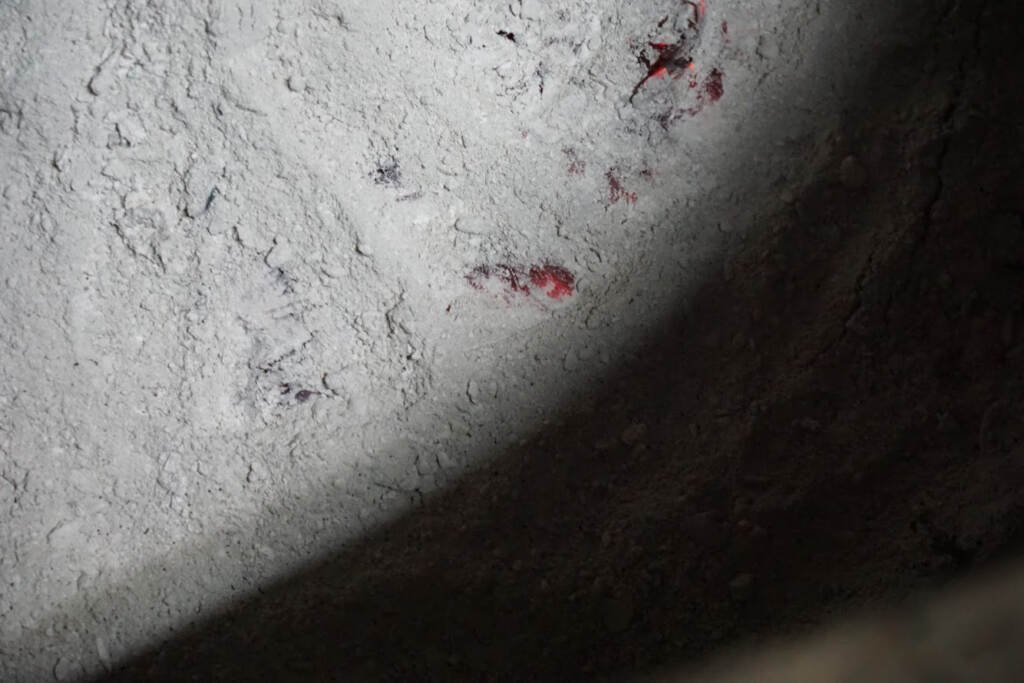
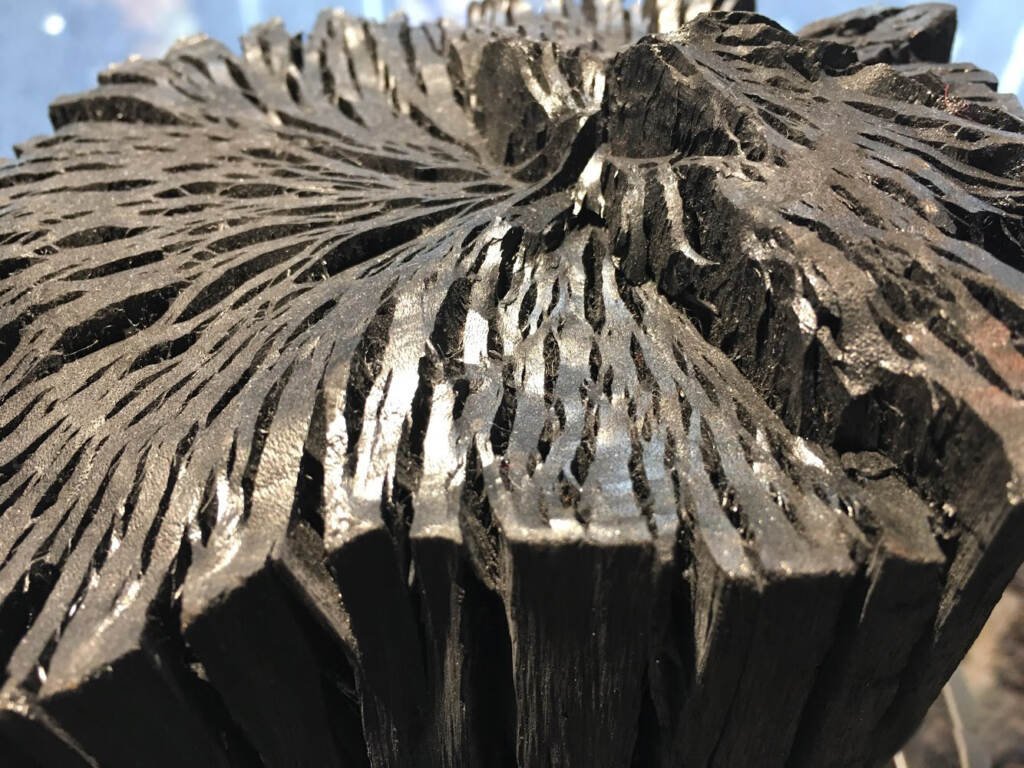
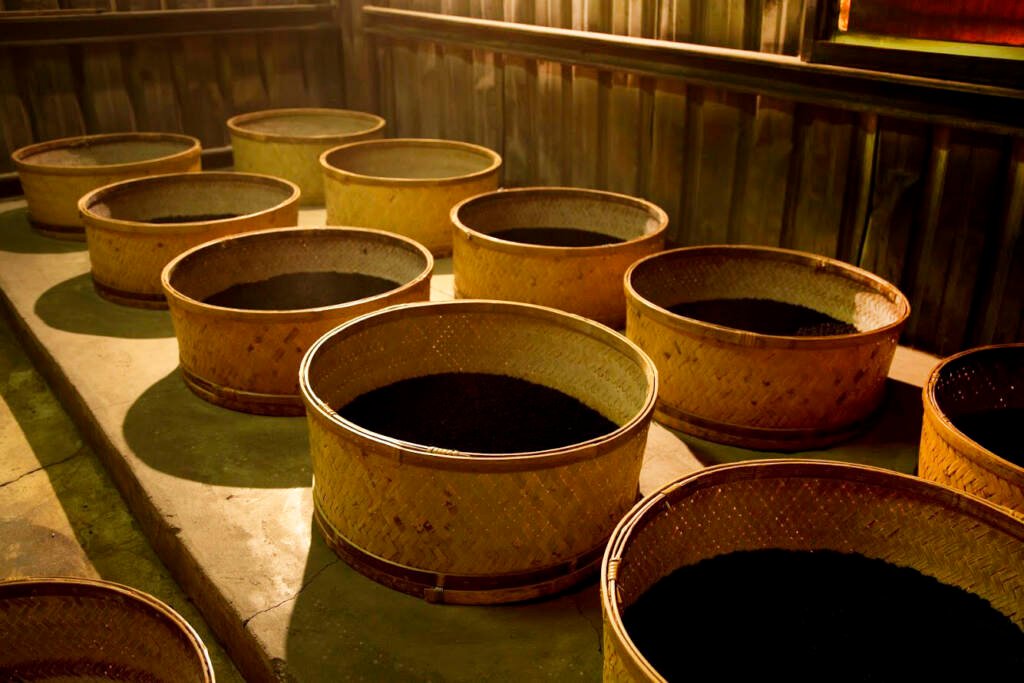
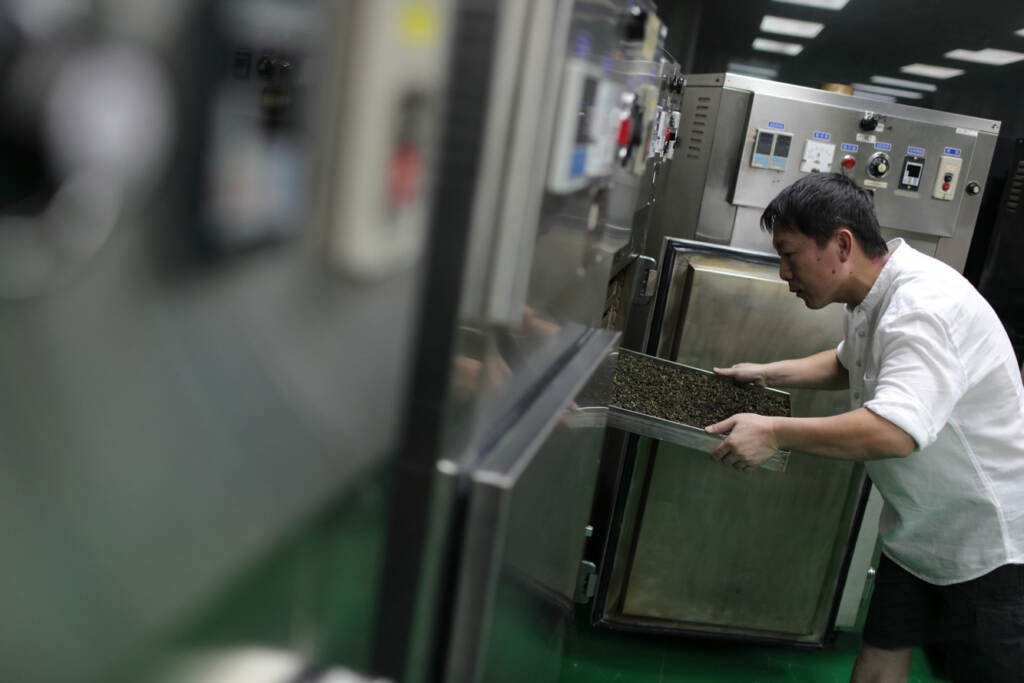

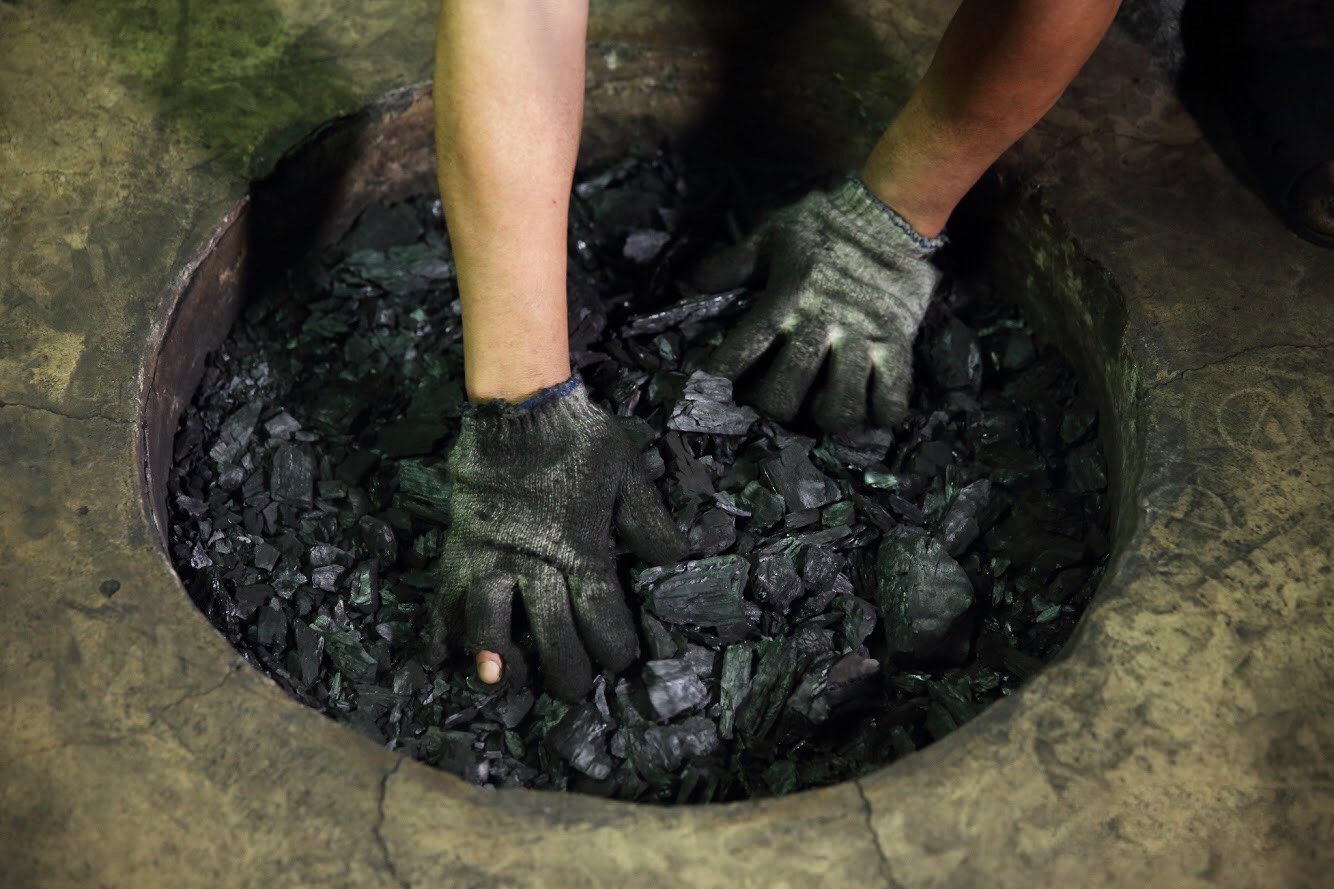


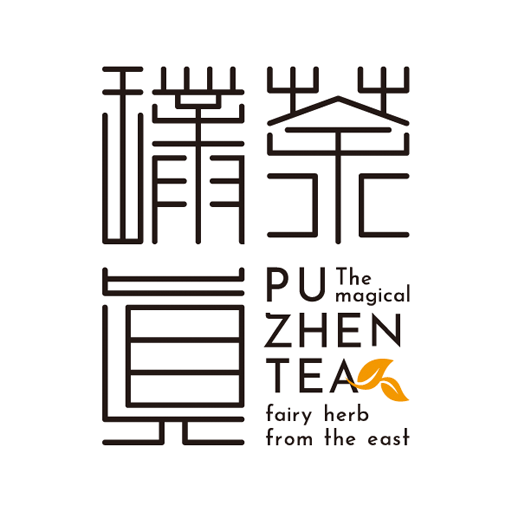
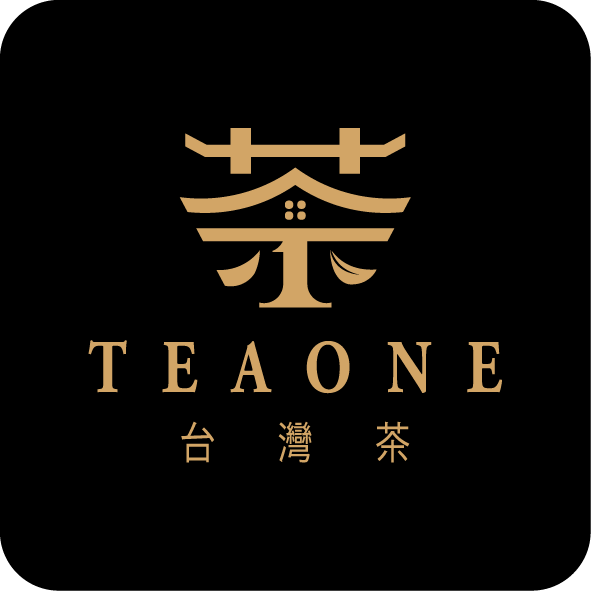
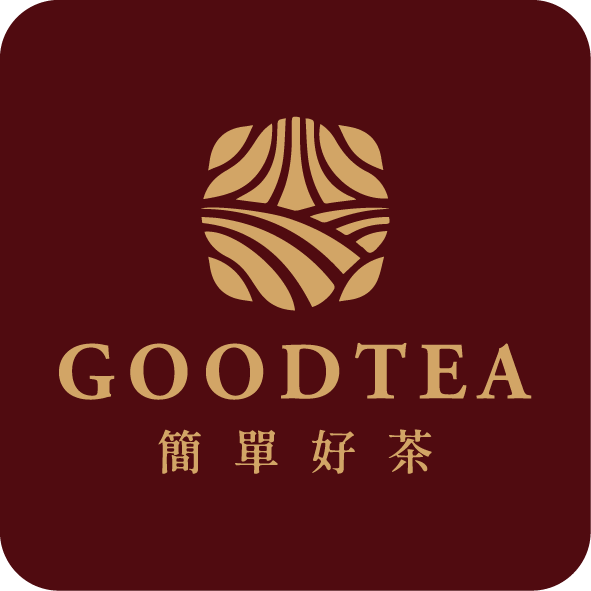
Leave a reply